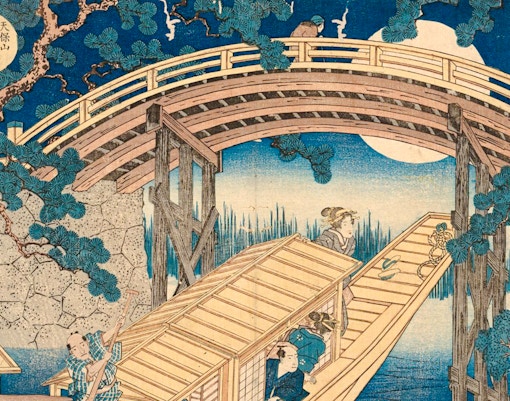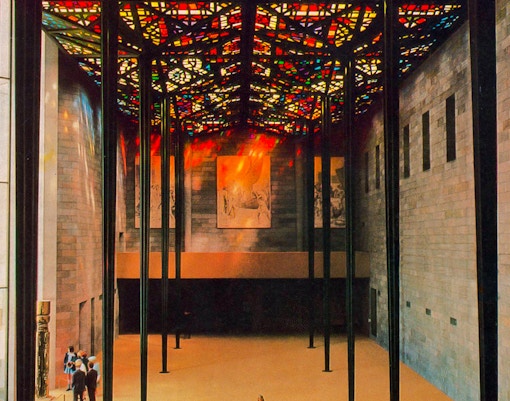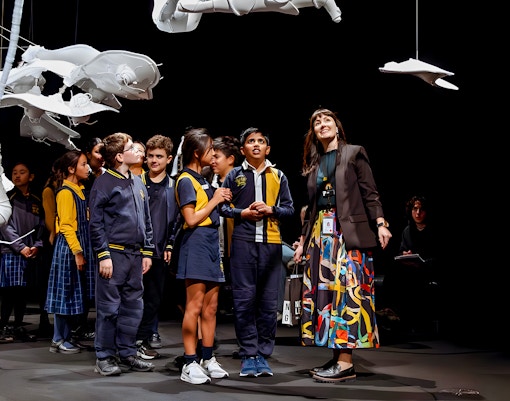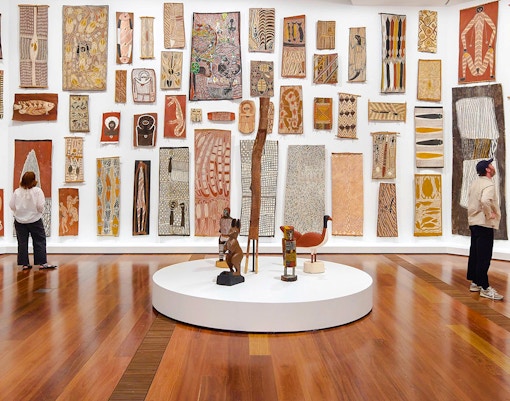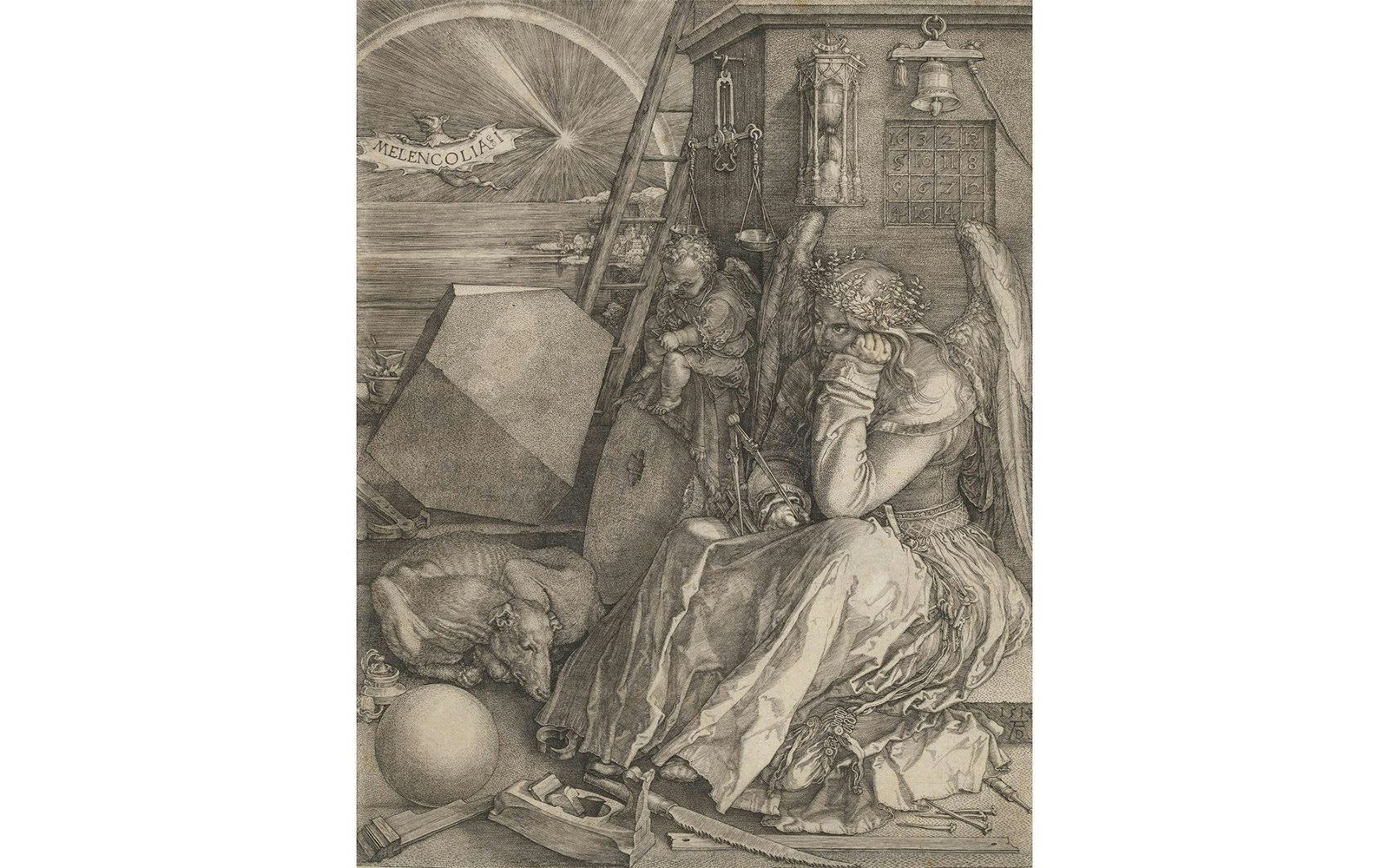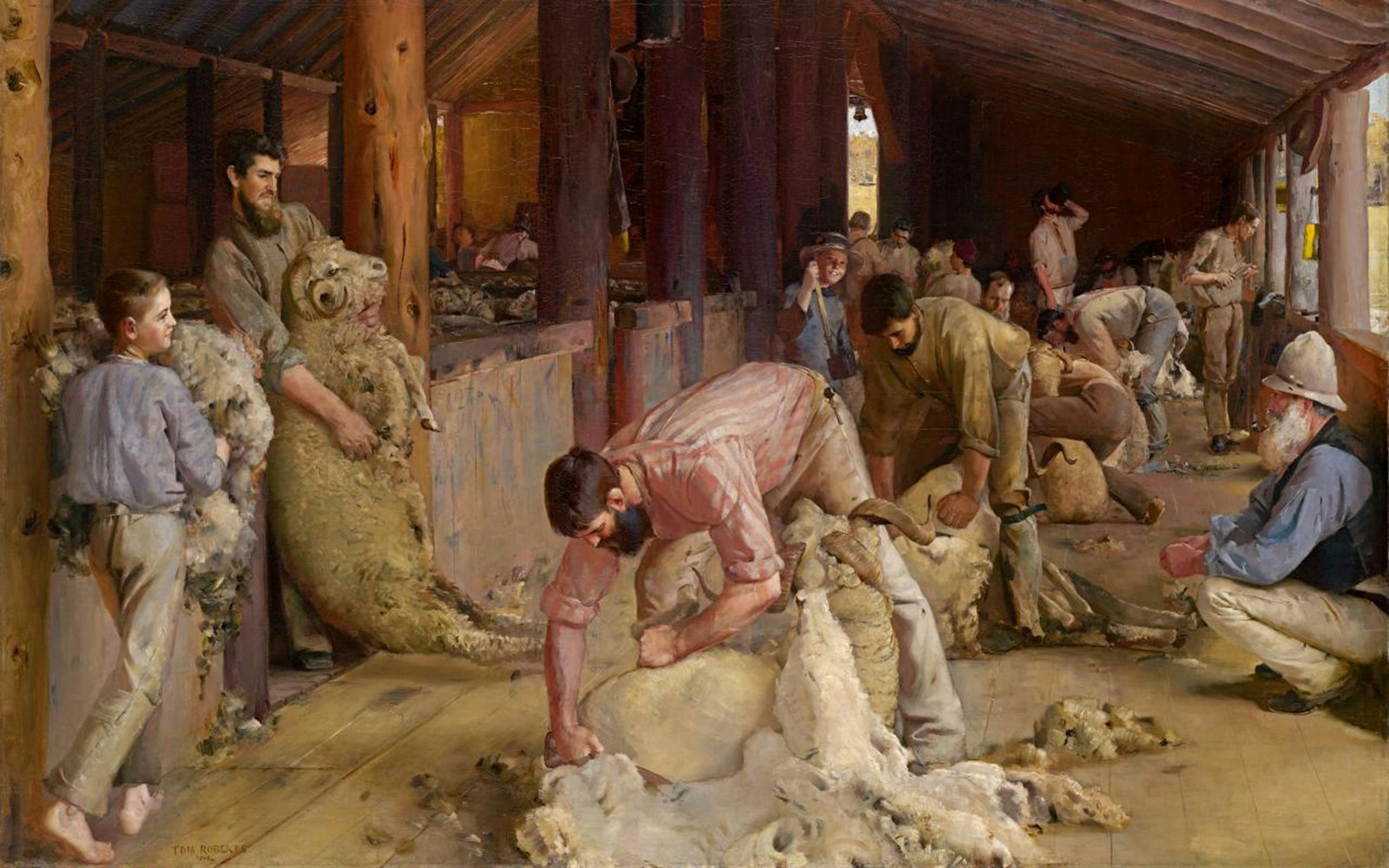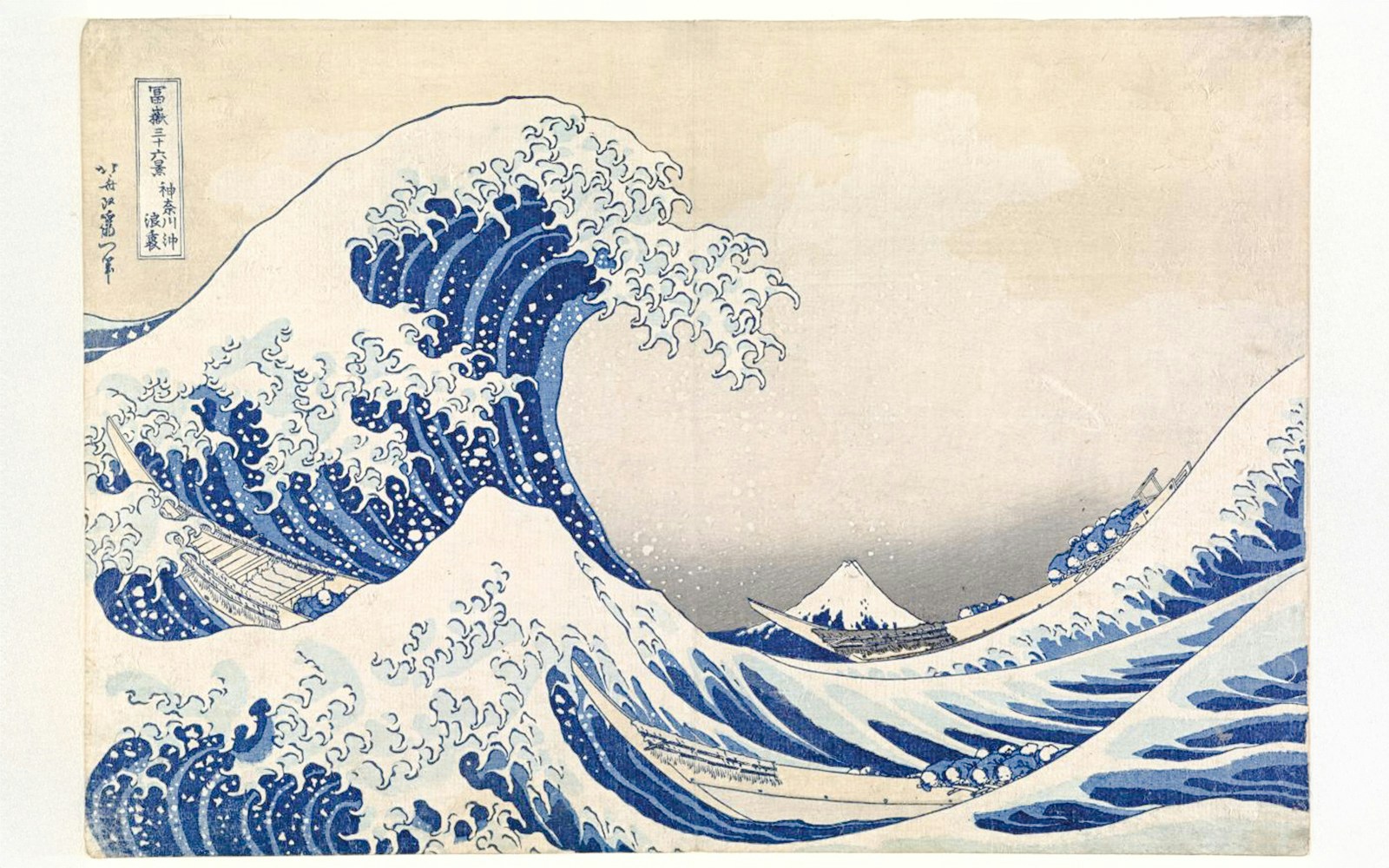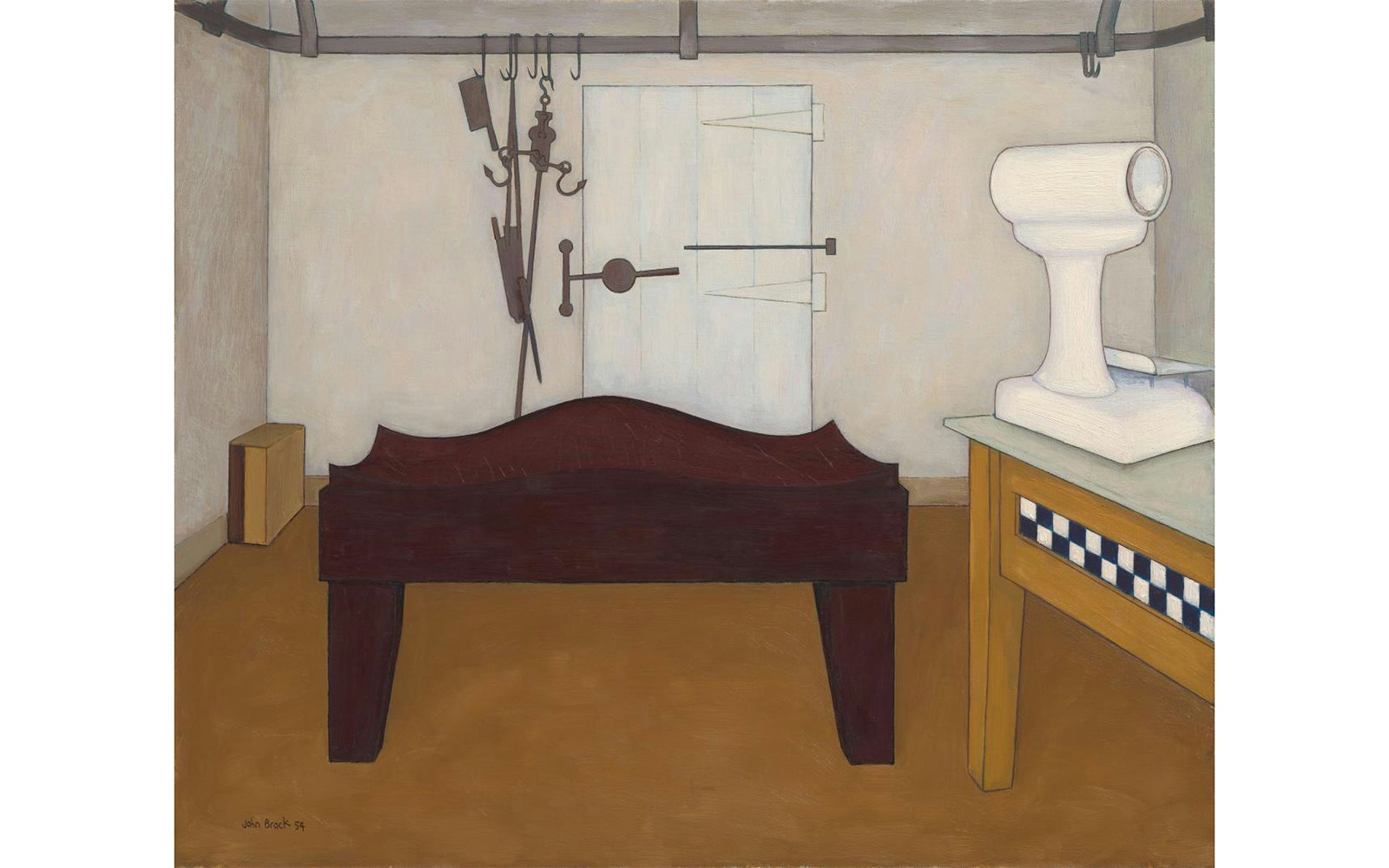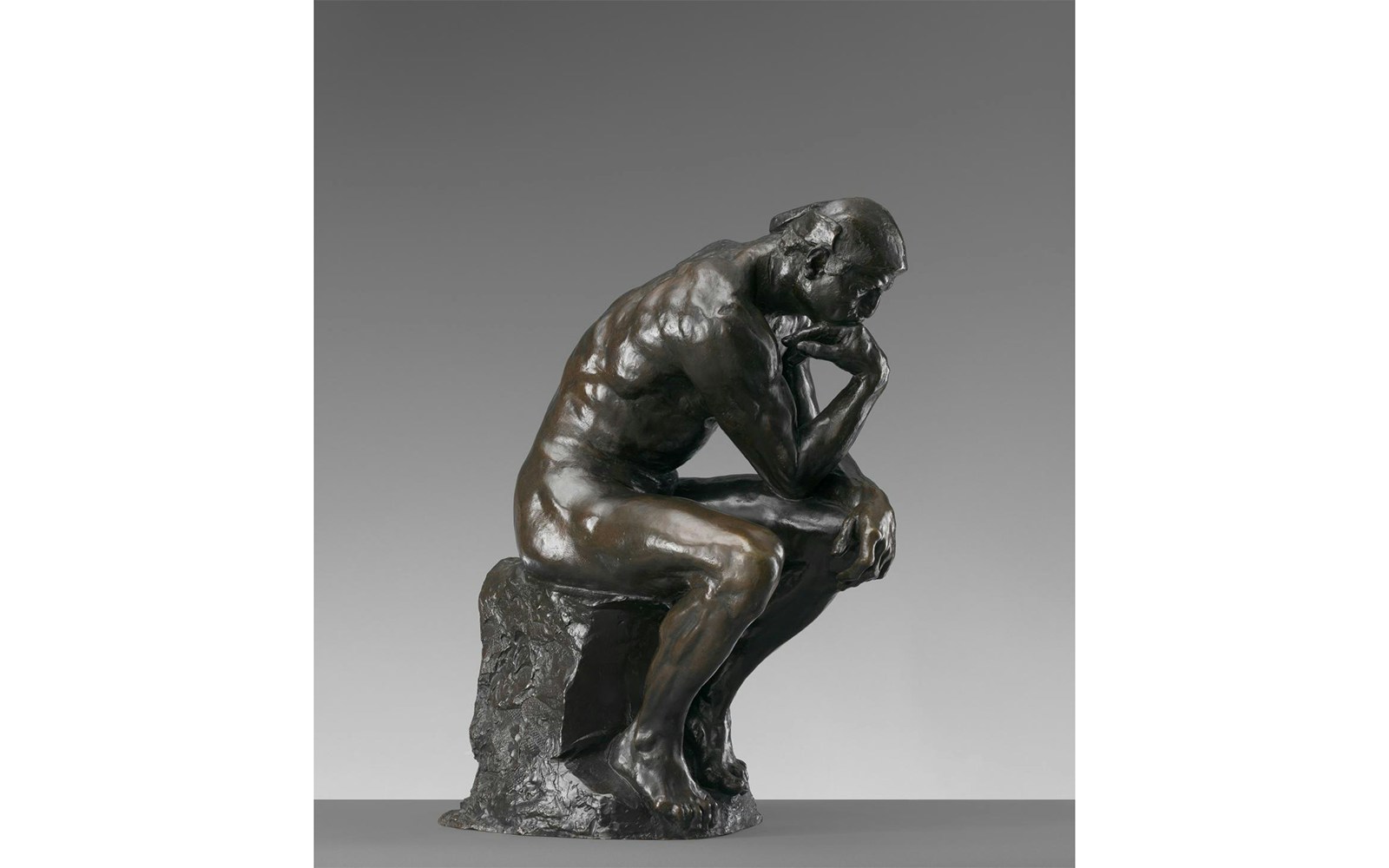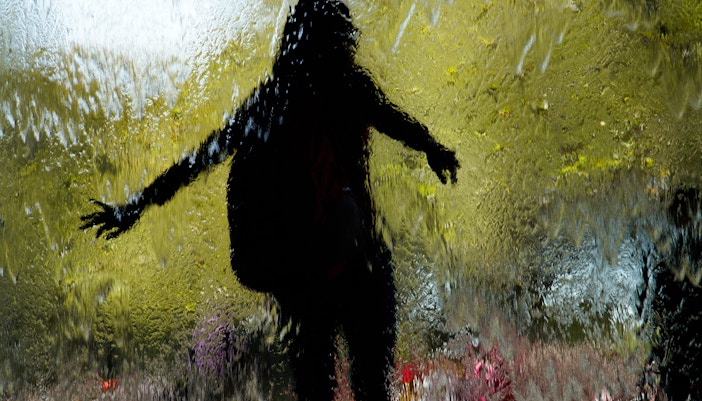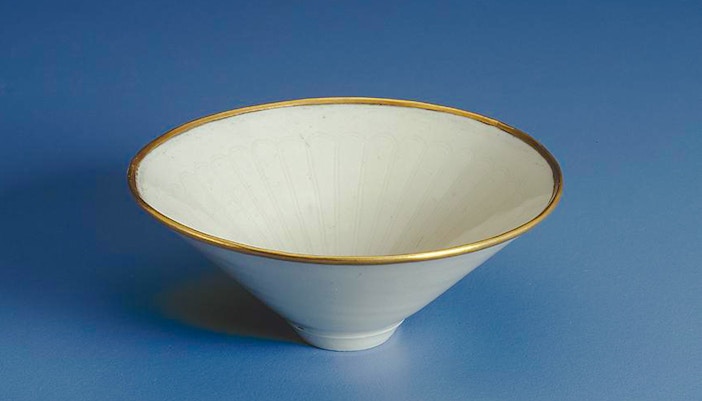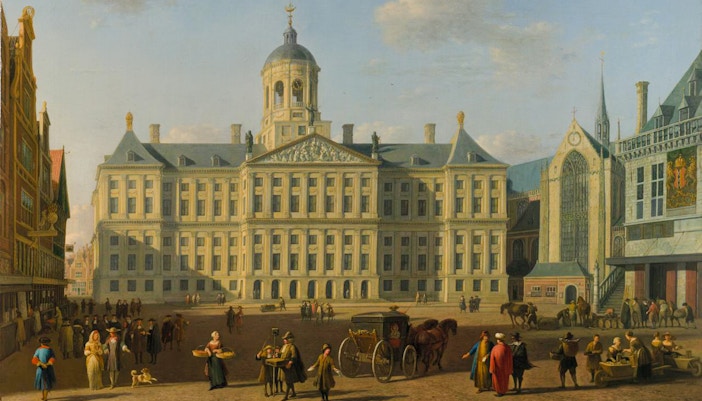Tracing NGV’s journey: Australia’s oldest public art gallery
- 1861: The NGV is founded, making it Australia’s first public art gallery. It opens in the State Library of Victoria building.
- 1880s–1900s: The collection rapidly expands, enriched by colonial art and acquisitions of Old Masters.
- 1968: NGV International opens on St Kilda Road in a striking modernist building designed by Sir Roy Grounds. The Waterwall and Great Hall stained-glass ceiling become instant icons.
- 2002: NGV Australia (The Ian Potter Center) opens in Federation Square, dedicated to Indigenous and Australian art.
- 2003–present: The Melbourne Winter Masterpieces series launches, cementing NGV’s reputation for blockbuster international exhibitions.
- Today: With over 70,000 works, NGV is Australia’s most visited gallery, blending global treasures with bold contemporary shows.
Check current and upcoming exhibitions at NGV >
Designing culture: The buildings behind NGV Melbourne
The National Gallery of Victoria is really two architectural landmarks in one. NGV International, on St Kilda Road, was designed in 1968 by Sir Roy Grounds, one of Australia’s most celebrated modernist architects. His design turned the gallery into a fortress of culture: bluestone walls, a surrounding moat, and the famous Waterwall at the entrance make the approach as memorable as the art inside. Step into the Great Hall and you’ll find Leonard French’s stained-glass ceiling, the largest of its kind in the world, casting a kaleidoscope of color that visitors love to admire lying flat on the floor.
Across the river at Federation Square, the Ian Potter Center opened in 2002, designed by the innovative Lab Architecture Studio with Bates Smart. Its bold, angular façade of glass, zinc, and sandstone feels futuristic, a sharp contrast to Grounds’ solemn geometry. Together, the two sites embody Melbourne itself: a city that treasures heritage while embracing the avant-garde. Visiting both is like walking through two chapters of architectural history, each telling its own story about art and the city.
